What Is a Garment Spec Sheet in Pakistan and How to Add One in a Tech Pack?
You put a lot of effort into designing your clothes. Your sketches are precisely as you had envisioned, the fabric you chose is amazing, and the fit is flawless. However, your initial sample from your Pakistani manufacturer does not meet your expectations. The sleeves are excessively long, the fit is poor, and the marking is obscured.
A clear, comprehensive clothing spec sheet is missing from your tech kit, as you discover when you double-check it. The production crew was forced to make educated guesses in its absence. Possibly a minor error like this might cost you days, weeks, and possibly your budget at a company where clarity is crucial. For this reason, understanding what a Pakistani garment spec sheet is and how to incorporate it into your tech pack is more than simply useful. It is necessary.
What Is a Garment Spec Sheet in Pakistan?
You understand how annoying it might be if you have ever had a sample that turns out entirely different from what you had in mind. That typically occurs when the factory lacks the complete picture. Manufacturers do not have time to keep phoning or messaging for missing information in Pakistan’s fast-paced apparel business. They need everything upfront, clear, and to the point.
That’s where a garment spec sheet comes in. It’s not just a formality; it’s the one document that explains how your product should be made. It covers all the small but critical stuff: the size chart, stitching instructions, fabric breakdown, label positions, everything. When done right, it removes the guesswork from production.
So, what is a garment spec sheet in Pakistan? The factory does not have to work it out on their own because it is your design converted into technical words. Your instructions are visible even if you are not standing next to the sewing machine.
The curved hem men’s T-shirt in Pakistan solves that. The slightly longer back and rounded edges follow your frame naturally. You get extra length without looking like you borrowed someone else’s shirt. It’s subtle, but it adds balance to your proportions, especially when worn untucked.
Why Is a Garment Spec Sheet So Important in Pakistan’s Apparel Industry?
1. It Prevents Delays and Miscommunication
Pakistani producers manage several orders concurrently. Without a thorough specification sheet, your clothing is left up to speculation. This leads to repeated sampling, revisions, and costly time loss.

2. It Keeps Every Piece the Same
When producing in bulk or across sizes, inconsistencies can easily creep in. With a detailed garment spec sheet, factories in Pakistan know exactly how to maintain uniformity, size after size.
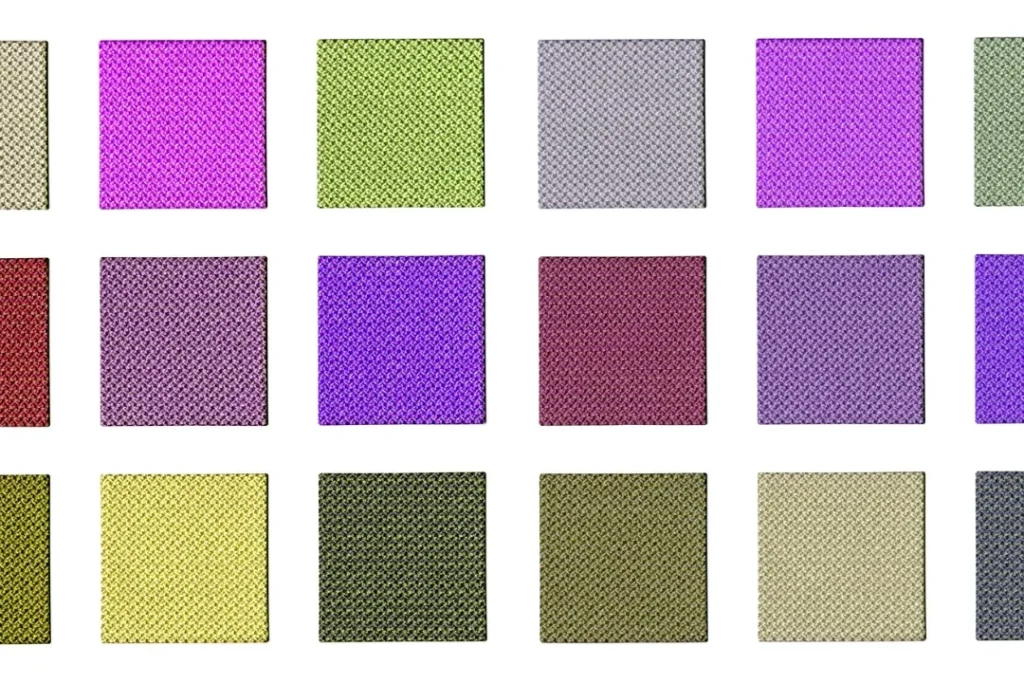
3. It Cuts Down Costs
Mistakes during production often mean remakes, rush fees, or shipping delays. Spec sheets reduce errors, helping you save money that would otherwise go into fixing preventable issues.
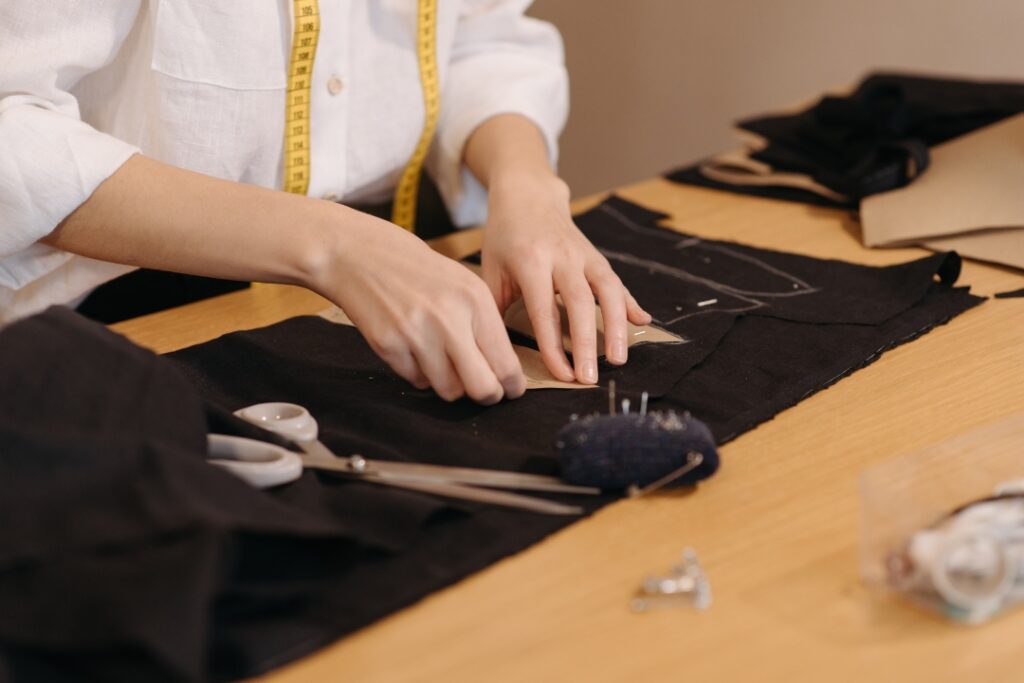
4. It Builds Trust with Your Factory
When your spec sheet is clean, organized, and complete, factories in Pakistan see you as a professional. This opens doors to better relationships and more reliable output.
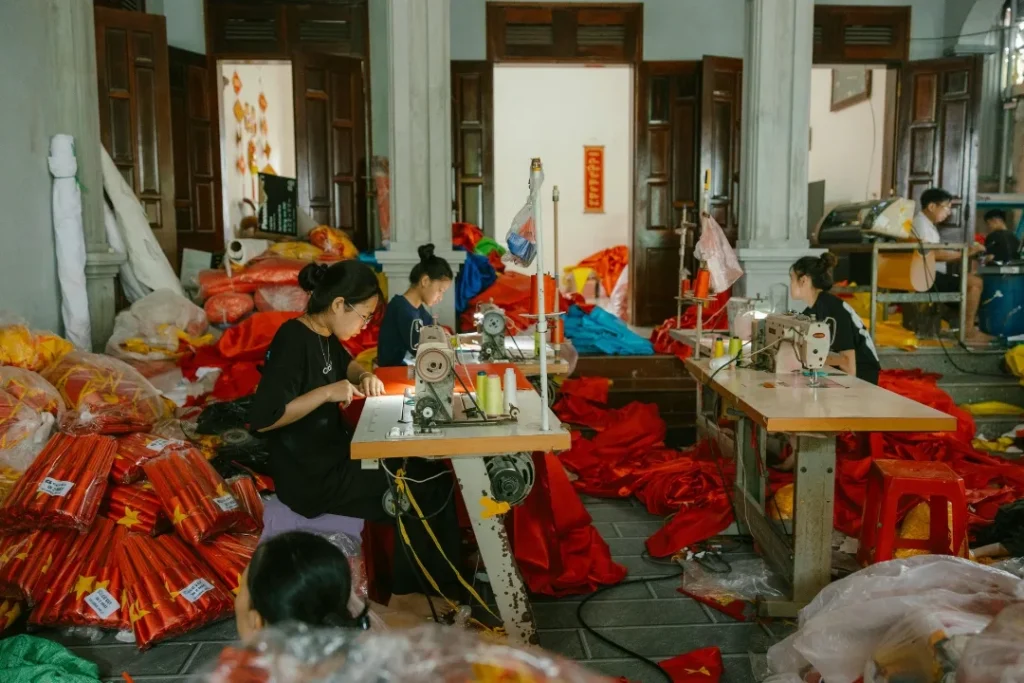
What Should a Garment Spec Sheet Include?
If you’re wondering what is a garment spec sheet in Pakistan is used for on a technical level in Pakistan, here’s what should be included:
- Garment name and style number
- Flat sketches (front and back)
- Point of Measurement (POM) chart
- Tolerances for each measurement
- Fabric and material specifications
- Stitching instructions
- Label placement details
- Colorways and artwork positioning
- Packaging and folding guidelines (if needed)
How to Add a Garment Spec Sheet in a Tech Pack (Step-by-Step)
Once you understand what is a garment spec sheet in Pakistan, you need to know how to include it in your tech pack for maximum clarity.
1. Create a Dedicated Page
Don’t squeeze your measurements into a cluttered section. Use a clean, titled page, “Spec Sheet” or “Measurement Chart”, so it’s easy for your factory to find.
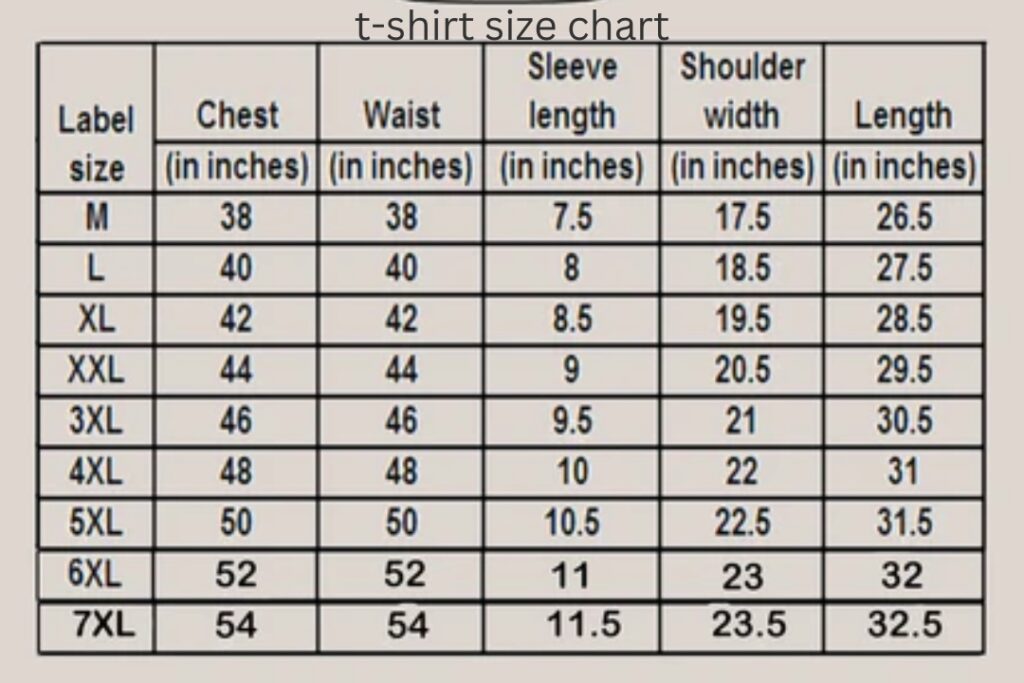
2. Match the Style of the Tech Pack
Keep the layout, margins, and typefaces consistent with the rest of your tech pack. Your file feels more professional and is easier to follow when it has a consistent appearance.
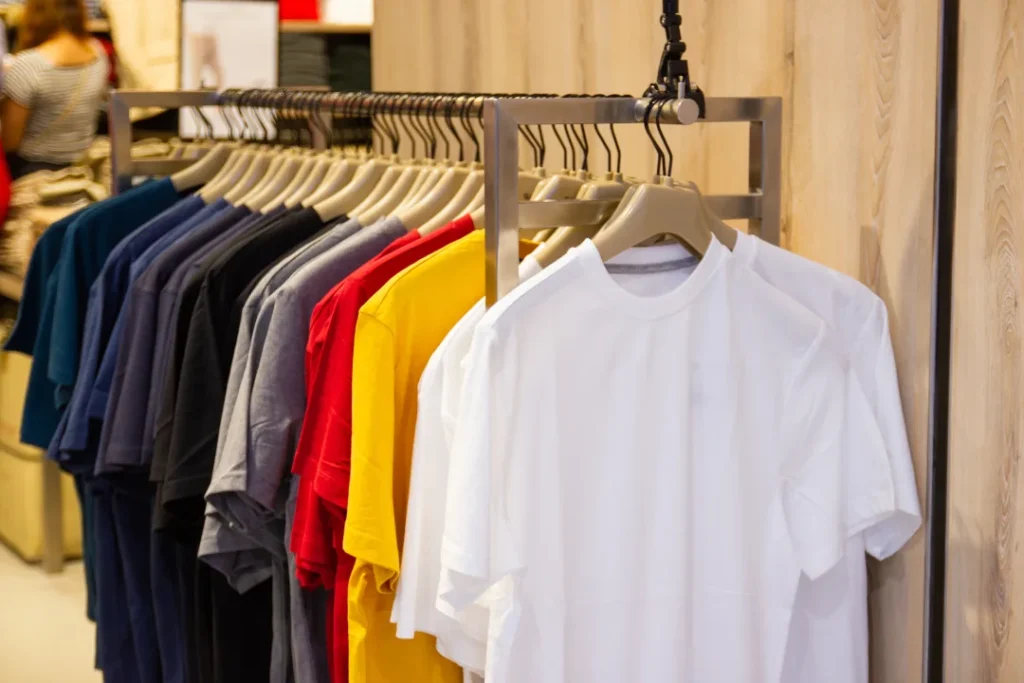
3. Add Clear Sketches
Include front and back technical drawings. Use arrows and numbers to show exactly where each measurement starts and ends. Link these to your measurement table.
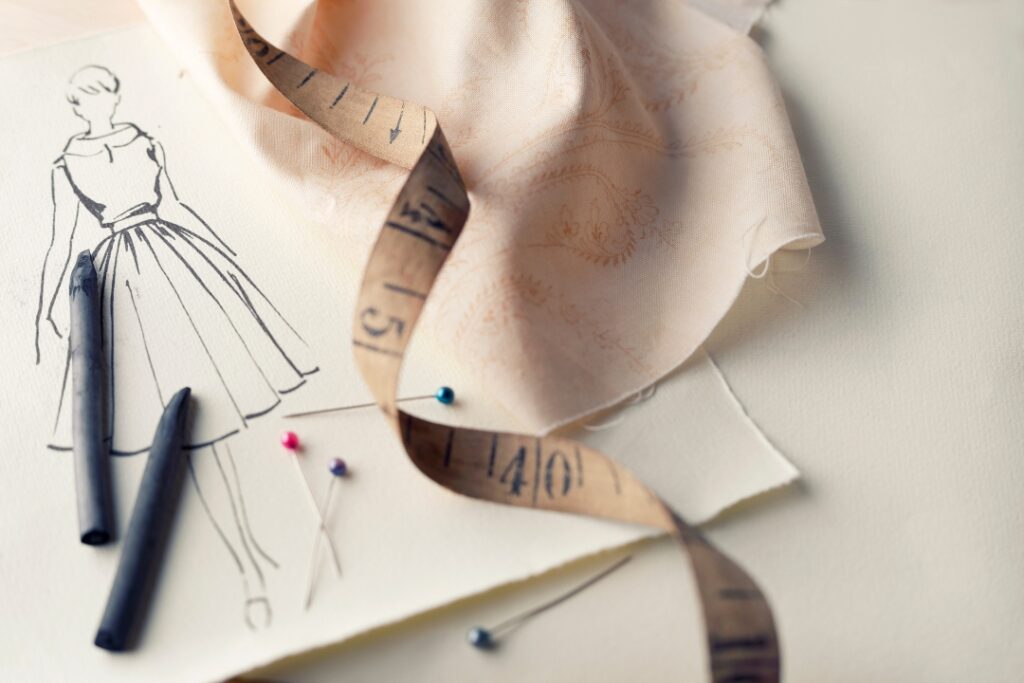
4. Use a Table Format
Lay out your garment measurements in a table. Columns for each size. Rows for each point of measurement. Add tolerances right beside each measurement.
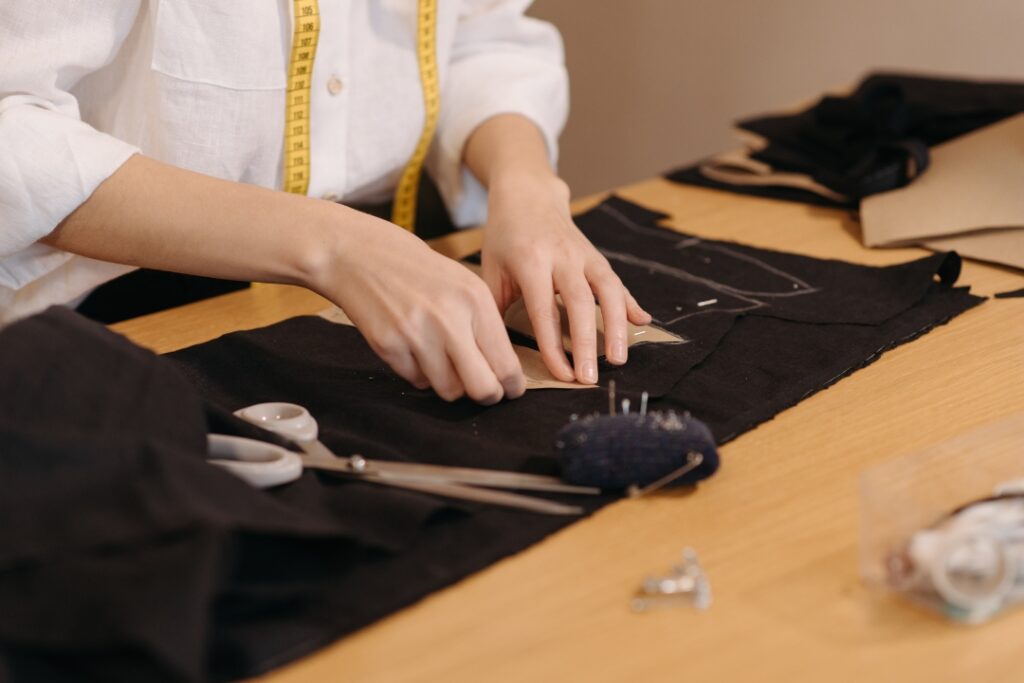
5. Detail the Construction
Include short bullet points: “Overlock side seams,” “Single-needle topstitch at neckline,” or “Bar tack on pocket openings.” Keep it direct.

6. Insert Fabric and Material Info
Mention the fabric name, composition (like 100% cotton), GSM, color, and whether it’s sourced locally or imported.
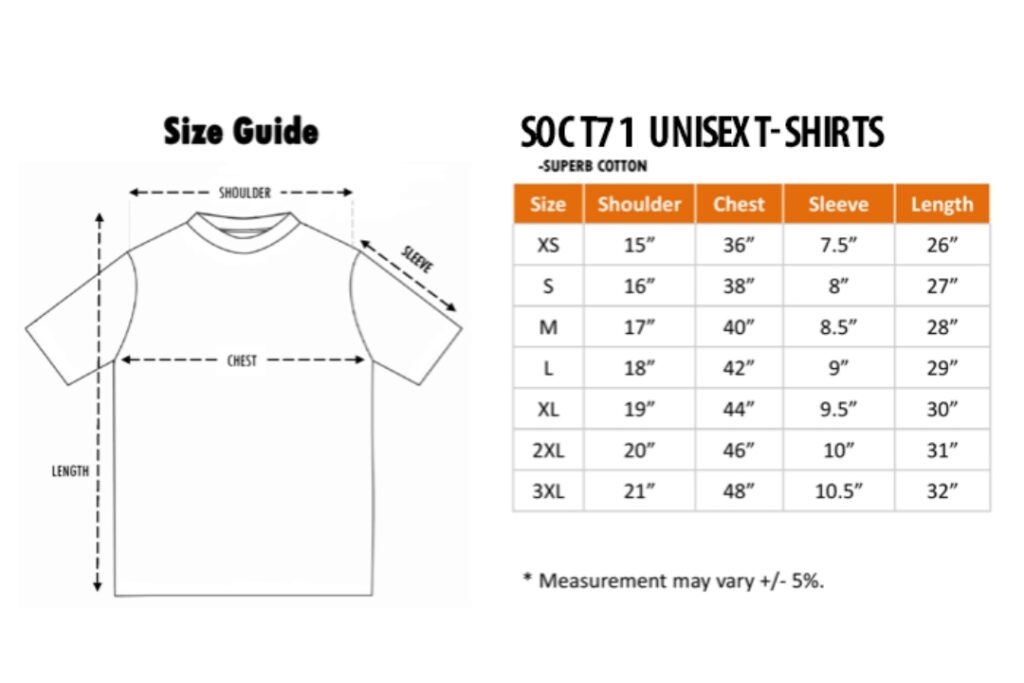
7. Artwork and Branding
Place any logos, embroidery, or prints in their correct positions. Use visual mockups. Mention print size and Pantone colors if applicable.
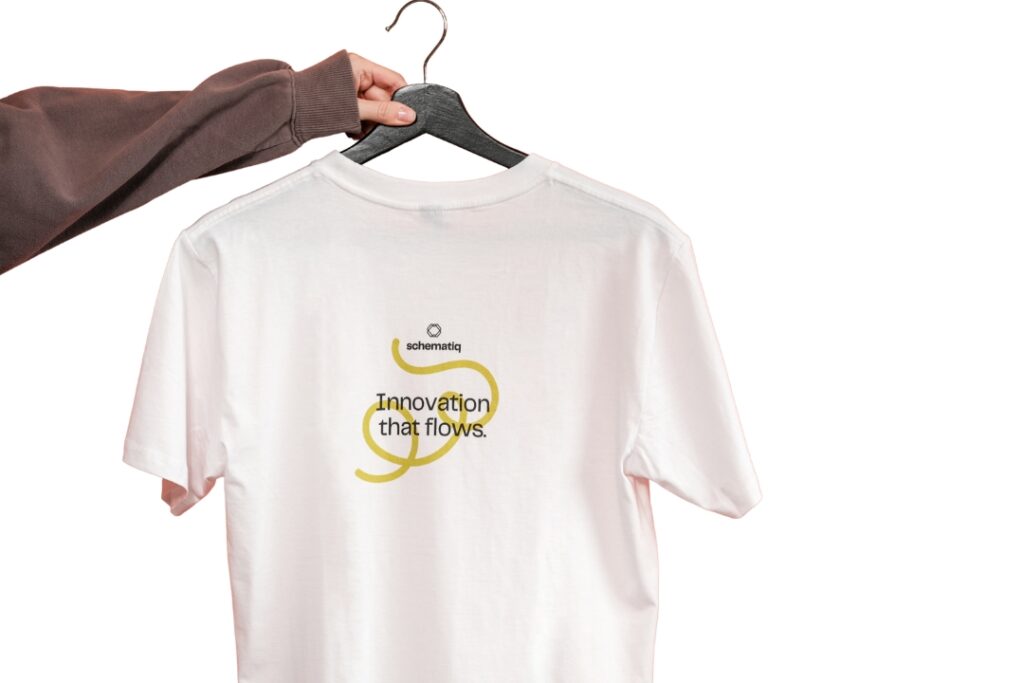
8. Final Review
Before you send the file to your factory in Pakistan, triple-check the garment spec sheet. One missed value can lead to hundreds of faulty units.
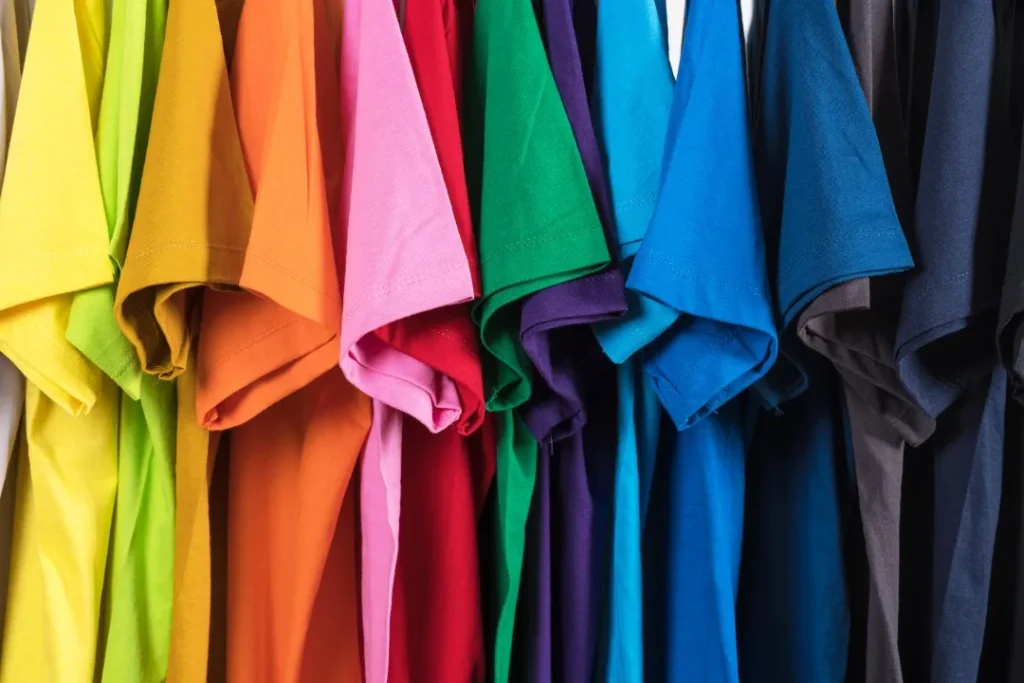
Common Mistakes to Avoid
Even if you know what is a garment spec sheet in Pakistan, small oversights can create big problems:
- Missing measurement points like shoulder width or armhole depth
- No tolerances, this confuses quality control teams.
- Unclear sketches leave room for misinterpretation.
- Switching between inches and centimeters, always use one unit.
- Failing to update your spec sheet after adjusting your pattern or design
Who Should Prepare the Spec Sheet in Pakistan?
If you’re a startup or small clothing brand, you don’t need a fancy tech team to build your spec sheet. Many successful brands in Pakistan use Excel, Google Sheets, or Illustrator. The key isn’t the software, it’s accuracy and clarity.
At Rijiz, we help emerging fashion brands build their first spec sheets the right way, based on their designs, goals, and target buyers. If you don’t know where to start, we walk you through it step-by-step, ensuring the final sheet aligns with factory requirements here in Pakistan.
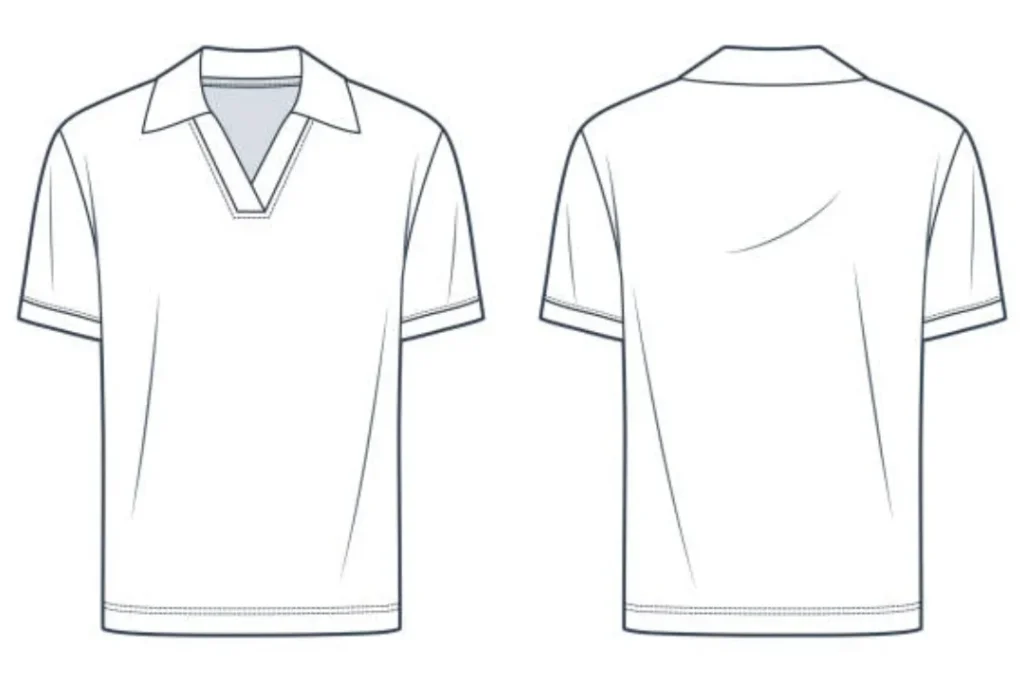
When Should You Create the Garment Spec Sheet?
Don’t wait until after the first sample to build your sheet. The ideal time is before you send the design to your manufacturer. That way, your sample is made based on your specifications, not assumptions. Creating it afterward usually leads to unnecessary revisions.
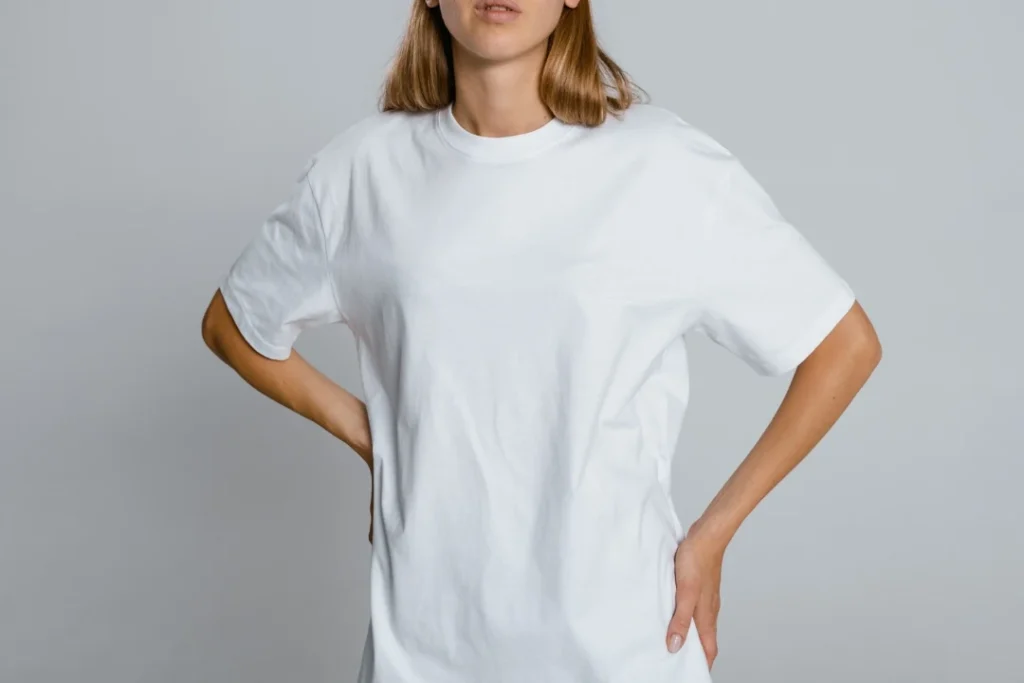
Pro Tips for a Great Garment Spec Sheet
- Use a real garment for reference.
- Be consistent with your terms and units.
- Save editable versions of your sheets.
- Keep version history (with notes and dates)
- Get feedback from your manufacturer; they’ll tell you what’s missing.
FAQs
Yes. If you know your product well and have a sample to measure, you can absolutely create one using tools like Excel. Many small brands in Pakistan do this every day.
Always. If you switch materials or alter the pattern, update the measurements, construction notes, and tolerances. Don’t leave the old data in.
Yes, if only the color changes. If fabric type or weight varies, you’ll need a separate sheet for accuracy.
Definitely. Factories work better with visuals. A sketch showing where to measure is much clearer than just written te
Final Thoughts
You must comprehend the meaning of a garment spec sheet in Pakistan and how it fits into your manufacturing process if you are serious about having your clothing created correctly the first time. This document takes your design from concept to factory floor, removing confusion and delivering the results you expect.
At Rijiz, we don’t just manufacture, we guide you through the technical side of apparel creation. We help you build spec sheets that get real results, especially when working with local factories across Pakistan.
Need help creating a garment spec sheet that’s clear, professional, and factory-ready? Get in touch with the Rijiz team today. We’re here to turn your ideas into perfectly executed garments.
